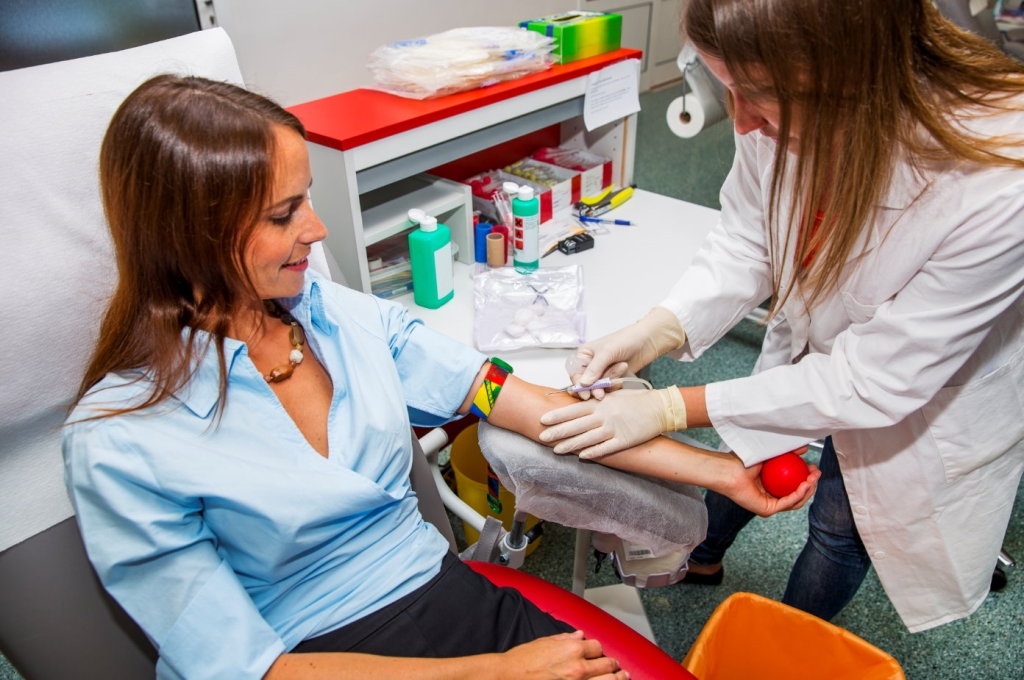Mastering Phlebotomy: Essential Tips for a Safe and Triumphant Blood Draw
Embarking on a career in phlebotomy or simply aiming to improve your blood collection skills? Mastering teh art of phlebotomy is crucial for ensuring patient safety, accurate diagnostic results, and a smooth blood draw process. Whether you’re a novice or seasoned pro, understanding the best practices, safety precautions, and practical techniques can make a important difference in your success. In this thorough guide, we’ll explore essential tips, safety measures, benefits, real-world experiences, and step-by-step procedures to help you excel in phlebotomy.
Benefits of Proper Phlebotomy Technique
- Enhanced Patient Comfort: Gentle handling minimizes discomfort and anxiety.
- Accurate Test Results: Proper sample collection reduces contamination and errors.
- Safety for Healthcare Providers: Proper safety protocols prevent injuries and infections.
- Increased Confidence: Consistent success builds trust with patients and colleagues.
Practical Tips for Mastering Phlebotomy
1. Prepare Your Equipment and Environment
- Gather Supplies: Test tubes, needles, tourniquet, alcohol wipes, gauze, adhesive bandages, gloves.
- Check for Functionality: Ensure all equipment is sterile, intact, and ready to use.
- Optimize Environment: Select a well-lit, clean, and pleasant space to perform blood draws.
2. Practice Proper Patient Identification
- Verify Identity: Always ask the patient to state thier full name and date of birth.
- Use Wristbands: Confirm details against wristbands or medical records.
- Double-Check: Never skip verification to avoid errors.
3.Master the Venipuncture Technique
- Apply the Tourniquet Correctly: Tight enough to engorge veins but not restrict circulation.
- Select the Right vein: Typically the median cubital vein, but consider patient-specific factors.
- Insert the Needle at Proper Angle: 15-30 degrees, bevel up, steady hand, smooth insertion.
- Handle the Sample Tubes Properly: Fill tubes in the correct order, avoid over-penetration.
4. Follow Safety Protocols
- Wear Personal Protective Equipment (PPE): Gloves, masks, eye protection as needed.
- Use Sharps Containers: Dispose of needles promptly after use.
- Avoid Needlestick Injuries: Always handle needles with caution.
5.After the Blood draw
- Release Tourniquet: Once blood is collected, release the tourniquet before withdrawing the needle.
- Withdraw the Needle Smoothly: Remove the needle gently, apply gauze immediately.
- Label Samples Accurately: Clearly mark tubes with patient information and collection time.
- Provide Patient Care: Offer reassurance and ensure the patient is comfortable before leaving.
Common Challenges in Phlebotomy and How to Overcome them
| Challenge | Solution |
|---|---|
| Collapsed Veins | Apply warm compress, choose choice veins, use a smaller gauge needle. |
| Patient Anxiety | Communicate clearly, explain the procedure, offer reassurance. |
| Needle Stick Injuries | Use safety-engineered needles, dispose immediately in sharps container. |
First-Hand Experience: Lessons from a skilled Phlebotomist
“Early in my career, I faced challenges with tough veins. Over time,I learned to identify optimal veins,apply appropriate pressure,and communicate effectively with patients. The key is patience and careful technique. Each successful blood collection boosts confidence and demonstrates the importance of planning and practice.” - Jane Doe, Certified Phlebotomy Technician.
Case Studies in Phlebotomy Success
case Study 1: Improving Patient Comfort
A 45-year-old patient with small,fragile veins was anxious about blood draw. By warming the area with a heat pack and employing a gentle approach, the technician successfully drew blood in one attempt, reducing patient discomfort and anxiety.
Case Study 2: Reducing Hemolysis in Samples
Implementing proper tube filling techniques and avoiding excessive tourniquet time minimized hemolysis, leading to more accurate test results and faster diagnosis.
Conclusion: Becoming a Phlebotomy Expert
Mastering phlebotomy involves blending technical skill, safety awareness, patient interaction, and ongoing practice. By adhering to essential tips, safety protocols, and learning from real-life experiences, aspiring and seasoned professionals can perform blood draws confidently and safely. Remember, each successful procedure not only benefits the patient but also enhances your proficiency, paving the way for a rewarding career in healthcare.
If you’re serious about advancing your phlebotomy skills, consider formal training programs, certification courses, and hands-on practice. Master the craft, prioritize safety, and you’ll excel in providing top-quality patient care.
